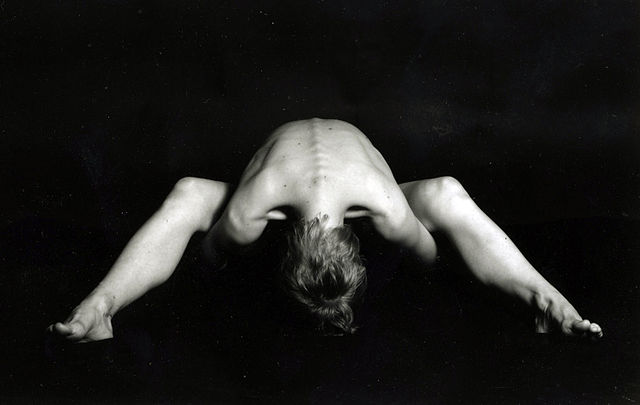Have you ever been to a yoga class and asked yourself, “What am I doing here? This is so hard. I am dying!”
Or maybe you’ve thought, “Wow, we have been in this pose so long. Did she forget about us? When will this be over?”
When we find ourselves in those kinds of situations, we are turning our pain into suffering.
Pain does not have to lead to suffering.
Hanumanasana—the splits—is not an easy pose for me. When I get into it and stay there for a few minutes, the sensation in my front hamstring is pretty intense. Some may even call it painful. It sure is not a sensation I would invite over to just hang out with.
While I am in my deepest stretch, I take a deep breath and smile.
Wait, why am I smiling when there is an intense sensation in my hamstring?
Well, this intensity, this pain, is what is allowing my legs to stretch, my hamstrings to release and my body to get more flexible and feel better in the long run.
Suffering is only a label.
The sensation is in the body, but it is not good or bad. It’s just a sensation. Once I call it by a name, I also give it a value. Saying it is painful gives it a negative connotation. Once the mind is set in a negative direction, we are on the way to suffering. Then the mind may continue racing, anxiety or impatience may creep in, and the pose will be far more exhausting than it needs to be.
If, on the other hand, I stay present and maybe focus on my breath going in and out or notice the one point my gaze is focused on, then the sensation is there, perhaps just in the background. It has no label.
You can try this yourself the next time you are in a difficult pose. If it is difficult to stay with the breath and the mind keeps jumping in with adjectives of the negative kind, consider counting the breath, and perhaps deepening your exhales.
A basic technique to minimize suffering.
Counting the breath is the basic Zen technique to focus the mind and keep it steady. Simply count: inhale—one, exhale—two, inhale—three, exhale—four. Once you reach ten, start over. If you lose your count, go back to one. It’s that easy.
You can also count your breaths to the duration of time you would like to stay in the pose, maybe twenty slow breaths. This practice helps cultivate dharana—concentration, focus, or one-pointed mind. Dharana is the ability to stay with one thing even if the circumstances are not ideal or joyful.
You may say that simply staying with the sensation of pain is focusing on one thing. Indeed it is, and that is fine too, as long as you are focusing on the sensation and not your interpretation of the sensation. In other words, you may interpret the sensation as good or bad, but the sensation itself is just a feeling.
What to do when the labels keep coming.
It is not easy to notice something and not add our personal story to what we are sensing. We almost automatically label what we receive through our sense organs with an adjective. The moment the adjective is added is the moment we lose touch with the reality of what is actually happening or give the reality a different color.
If you find your mind keeps interfering and starts adding adjectives or telling stories, stir it towards the positive. For example, you may think, “This is such a good stretch. This is exactly what I need. I am so happy I am doing this; I am doing great; stay with it!”
You can try this technique not only with your yoga practice but with anything in life.
Any time you are tempted to suffer by giving a negative label to a challenging experience, remember that feeling pain does not mean you have to suffer.
Love elephant and want to go steady?
Sign up for our (curated) daily and weekly newsletters!
Author: Doron Hanoch
Editor: Emily Bartran
Photo: Wikimedia Commons












Read 12 comments and reply